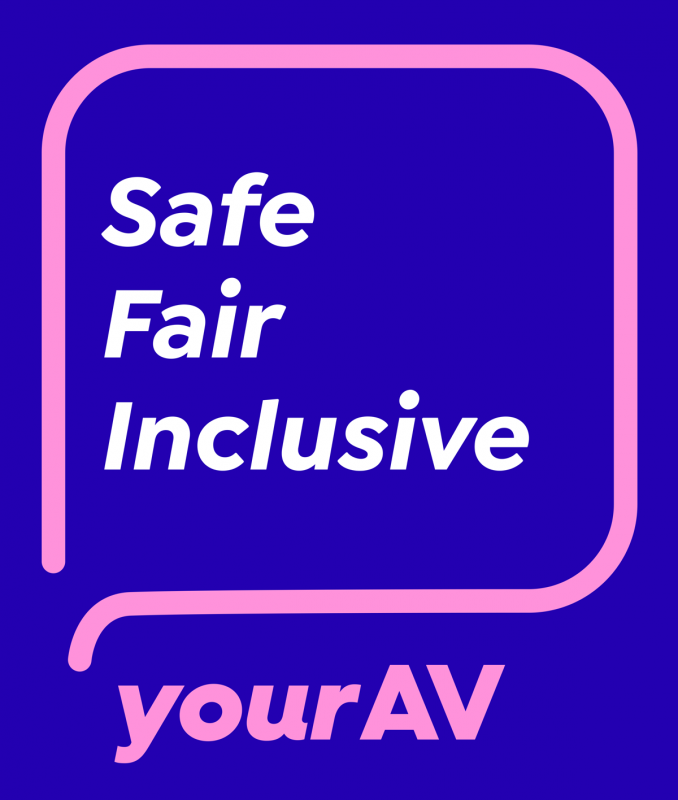Bullying
Bullying is when someone uses words or actions against someone else to cause them distress. It can include verbal, physical or written abuse and does not need to be repeated.
Bullying can constitute discrimination under the Equal Opportunity Act if it is directed at a person because of a protected attribute. Examples include (when related to a protected attribute, like sex or race): verbal abuse, inappropriate surveillance or monitoring, or threatening body language.
Bullying that is unrelated to a protected attribute – for example when one person bullies another because they do not like them – is not discriminatory. It is, however, a known source of workplace harm covered by the Occupational Health and Safety Act. Bullying under that Act differs from bullying under the Equal Opportunity Act, in that there must be repeated unreasonable behaviour directed at an employee or group of employees that creates a risk to health and safety.
Bullying can also amount to sexual harassment under the Equal Opportunity Act if it is verbal, written or physical abuse of a sexual nature, which could reasonably be expected to make the other person feel offended, humiliated or intimidated.
Bystander
Someone who witnesses, or hears of, inappropriate behaviour occurring in the workplace.
Co-design
We each have an opportunity to be active participants in creating a safe, fair and inclusive AV.
One of the ways we can do this by co-designing key reforms. Co-design is about designing reforms with those who are impacted, not for them. We use co-design when we need to explore problems and solutions collaboratively and design solutions that are grounded in both the needs of our people and key partners and in organisational constraints.
At other times, other styles of engagement will be more appropriate, like when present proposed options for consideration or seek input on a particular design.
Discrimination
Discrimination is unfavourable treatment based on a protected attribute (or a characteristic that a person with that attribute generally has). All attributes protected under the Equal Opportunity Act (for example, race, disability, sex, age) were directly within the scope of the VEOHRC review. Examples include:
- where an employer decides not to hire an applicant based on their sexual orientation or denies a woman a promotion because of her actual or perceived caring responsibilities
- workplace policies that fail to consider the needs of older workers, especially as they transition to retirement, or the construction of buildings that fail to provide safe and private spaces for employees to breastfeed or pray.
Incivility
Workplace incivility is generally considered to be behaviour that falls short of bullying in seriousness and intent, but it can still cause considerable harm itself, while also enabling more serious and widespread forms of harm. Examples include rude or disrespectful behaviour.
Reflective practice
Reflective practice allows for critical reflection on something that has happened, the reasons why and how it made people feel. It allows for critical reflection on what worked well, but also on what didn’t work well and on what we need to do differently in the future.
Reflective practice helps us to move beyond a ‘blame culture’ to a culture that values learning and continual improvement. It is used around the world to help people learn “through and from” their own experiences and the experiences of others.
Restorative justice
Restorative justice gives people who have been harmed a chance to share their experiences with an organisation’s leaders in a non-judgemental environment. It’s a chance to have those experiences heard and acknowledged and for organisations like AV to gain deeper insights into the impacts of harm and the importance of a safe, fair and inclusive workplace.
Restorative justice schemes have been used successfully as part of the healing process in Australia and globally. This includes in schemes offered by Australian employers such as Victoria Police, the Australian Defence Force and RMIT University.
Sexual harassment
Sexual harassment is unwelcome conduct of a sexual nature, unwelcome sexual advances or unwelcome requests for sexual favours that could be expected to make a reasonable person feel offended, humiliated or intimidated. Examples include:
- comments about a person’s private life or the way they look
- brushing up against someone, touching or hugging
- sexually suggestive comments or jokes
- attempted or actual sexual assault or rape.
Sexual harassment may also meet the definition of discrimination under the Equal Opportunity Act when it is based on a protected attribute, such as sex. In addition, some forms of sexual harassment may constitute a criminal offence under the Crimes Act 1958 (Vic). Examples include attempted or actual sexual assault or rape, stalking and unwanted touching of a sexual nature.
Trauma-informed
Adopting an approach that is ‘trauma-informed’ involves an acknowledgement that an individual’s experiences and behaviours may be informed by traumatic experience. Trauma-informed approaches realise the widespread impact of trauma, recognise the signs and symptoms, and respond by integrating this knowledge in the response and actively resist re-traumatisation.
Victimisation
Victimisation occurs when a person punishes or threatens to punish someone because they have asserted their rights under the Equal Opportunity Act by making a complaint (or it is believed they intend to make a complaint); helped someone else to make a complaint; or refused to do something because it would be discrimination, sexual harassment or victimisation. Examples include:
- being denied progression and promotion opportunities
- experiencing verbal abuse and bullying
- having work and performance subjected to excessive scrutiny.
Workplace equality
In VEOHRC’s report, the term ‘workplace equality’ is used to refer to:
- the freedom from discrimination, sexual harassment, bullying and victimisation at work, referred to collectively in this report as ‘unlawful conduct’, as well as the freedom from other harmful behaviours, like incivility and disrespect
- equality of rights, opportunities and outcomes between persons of different protected attributes (e.g. race, sex/gender).

